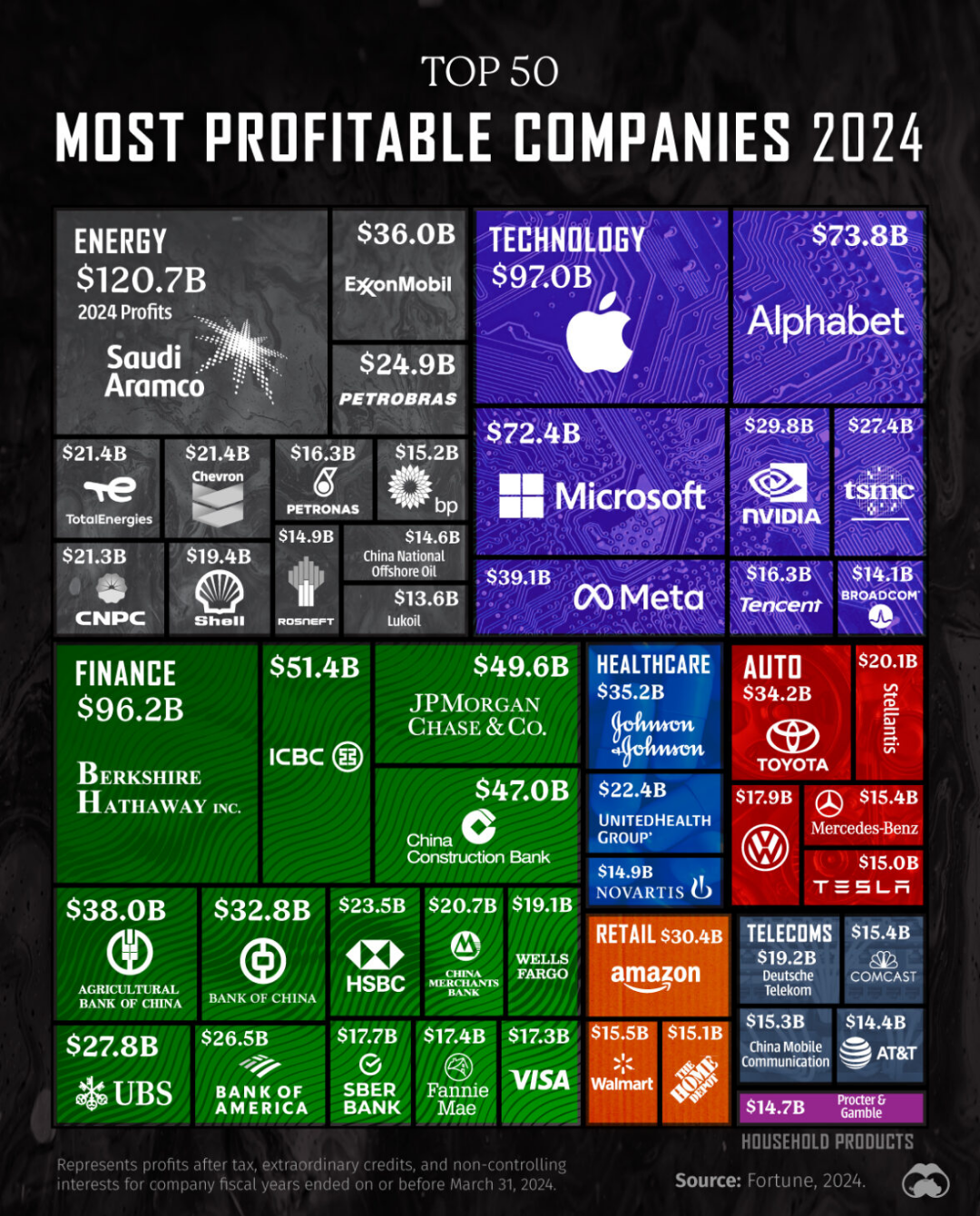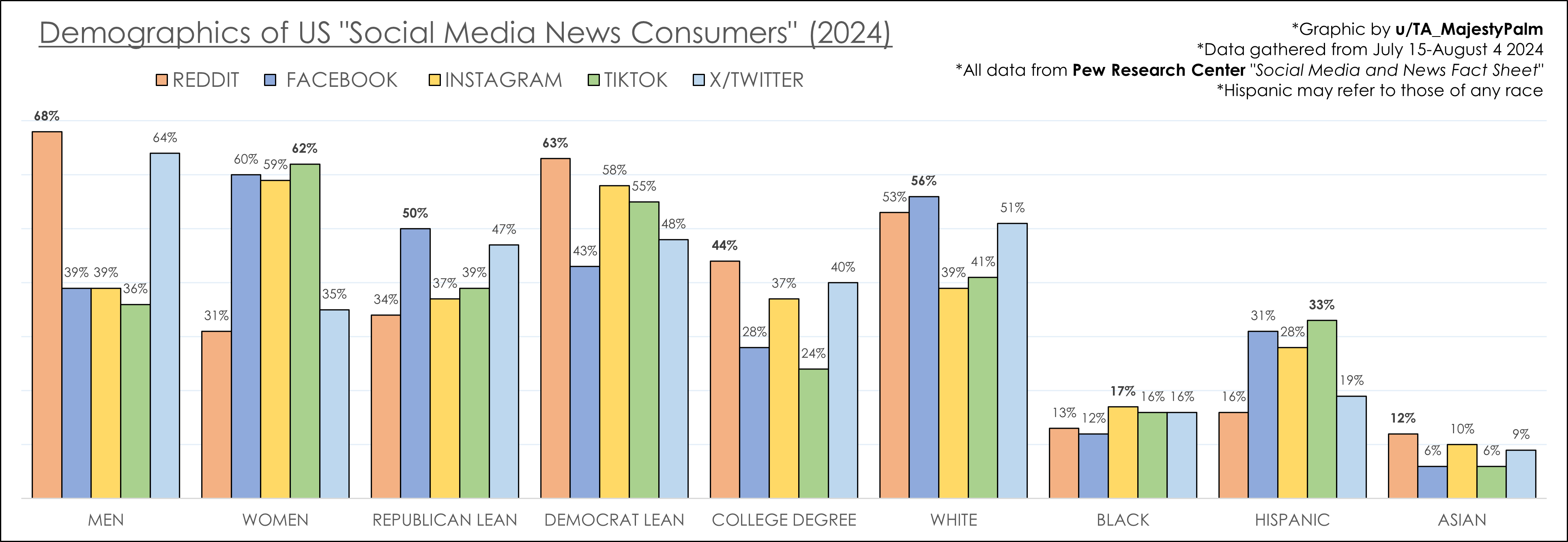How can one-third of the global population still be offline in 2024? Despite significant technological advancements over the years, millions remain disconnected, revealing the vast disparities in internet access worldwide.
Understanding which countries have the largest offline populations in 2024 provides invaluable insights into these digital divides.
Astonishingly, India tops the list with nearly 645 million offline individuals.
This article dives into the challenges and potential solutions, offering a detailed look at the nations where digital connectivity is still a privilege, not a given, and explores why enhancing internet access in these areas is crucial for global progress.
Countries with the Largest Offline Populations in 2024
As of July 2024, a staggering one-third of the global population remains offline, underscoring the persistent digital divide that affects billions worldwide. This gap in internet access is not just a technological issue but a socio-economic one that influences education, economic development, and social inclusion. While some countries have made strides in improving connectivity, others continue to grapple with significant offline populations due to a variety of challenges, including inadequate infrastructure and high costs.
- India: 644.59 million
- China: 320.66 million
- Pakistan: 132.90 million
- Nigeria: 124.80 million
- Ethiopia: 104.58 million
- Bangladesh: 96.95 million
- Indonesia: 78.94 million
- Congo: 76.85 million
- Tanzania: 47.28 million
- Uganda: 36.39 million
These figures have profound implications for global connectivity efforts. Countries with large offline populations are often hindered by a lack of investment in digital infrastructure and face socio-economic barriers that limit internet access. This digital isolation can impede their participation in the global digital economy, affecting everything from education to healthcare. Bridging this gap requires targeted policies and international cooperation to enhance connectivity and ensure that all individuals can benefit from the digital age.
Challenges and Barriers to Internet Access
In countries with large offline populations, infrastructural and economic factors pose significant barriers to internet access. Inadequate infrastructure is a primary challenge, as many regions lack the necessary broadband networks and technological advancements to support widespread connectivity. The high costs of internet services further exacerbate the issue, making it prohibitively expensive for many individuals and households to afford reliable internet access. This financial barrier is particularly acute in developing countries, where economic resources are often limited, and priorities may not focus on digital expansion. Moreover, these nations may struggle with attracting investments needed to develop and maintain robust digital infrastructure, perpetuating the cycle of limited connectivity.
The role of socio-demographic factors is equally critical in shaping internet accessibility. Age, income level, and education significantly influence an individual's ability to access the internet. Older populations might lack digital literacy, while those with lower income levels may prioritize essential needs over internet access. Education plays a crucial role; higher levels of education often correlate with increased internet usage and digital proficiency. These socio-economic barriers contribute to the digital divide, creating disparities not only between countries but also within them, as urban areas tend to have better connectivity compared to rural regions.
- Inadequate infrastructure
- High costs of internet services
- Limited digital literacy
- Economic resource constraints
- Urban-rural connectivity disparities
Internet Penetration Rates and Their Impact
How do internet penetration rates influence economic growth? High internet penetration rates are critical drivers of economic growth. They enable businesses to access new markets, improve operational efficiencies, and foster innovation. In countries with high connectivity levels, such as China, where the penetration rate is projected to reach 74.36% in 2024, the digital economy can significantly contribute to GDP growth. High penetration rates facilitate e-commerce, enhance productivity, and attract foreign investment, creating a robust economic ecosystem that supports sustainable development.
What are the social benefits of increased internet access? Enhanced internet access brings numerous social benefits, including improved education and healthcare. With greater connectivity, educational resources become more accessible, providing opportunities for remote learning and skill development. In healthcare, internet access enables telemedicine, allowing individuals in remote areas to receive timely medical advice and services. Increased connectivity also promotes social inclusion by connecting communities and fostering communication, which can lead to more informed and empowered citizens.
What challenges do countries with low penetration rates face? Countries with low internet penetration rates struggle with several challenges that impede their socio-economic development. Limited access to digital resources restricts educational and employment opportunities, exacerbating existing inequalities. In regions where connectivity is scarce, such as parts of sub-Saharan Africa, the lack of infrastructure and high costs of internet services hinder progress. These challenges require targeted interventions to improve internet access and unlock the potential of the digital economy.
| Country | Internet Penetration Rate | Economic Impact |
|---|---|---|
| China | 74.36% | Significant growth in GDP and digital innovation |
| India | 50.0% | Potential for growth with increased access |
| Nigeria | 35.0% | Limited economic impact due to low connectivity |
Efforts and Initiatives to Increase Internet Access
What initiatives are governments and international organizations implementing to improve internet access? Governments and international organizations are focusing on infrastructure development, digital literacy programs, and regulatory reforms to enhance internet connectivity. For instance, many countries are investing in fiber-optic networks and satellite internet solutions to reach underserved areas. International bodies like the United Nations are promoting policies that encourage digital inclusion and support funding for connectivity projects in developing regions. These efforts aim to bridge the digital divide by addressing both technological and socio-economic barriers.
How do public-private partnerships contribute to increasing internet access? Public-private partnerships are instrumental in expanding internet access by leveraging the strengths of both sectors. These collaborations facilitate the sharing of resources, expertise, and funding, enabling large-scale connectivity projects. For example, technology companies often partner with governments to deploy broadband infrastructure in rural areas, while telecom operators work with public entities to offer affordable internet packages. Such partnerships are crucial for implementing sustainable solutions that cater to diverse population needs.
- Google's Project Loon: Balloon-powered internet to provide connectivity in remote areas.
- Facebook Connectivity: Initiatives to improve internet infrastructure and access in underserved regions.
- India Digital Literacy Mission: Government program to enhance digital skills and internet usage.
- Microsoft Airband Initiative: Expanding broadband access through innovative technologies.
- African Union's Digital Transformation Strategy: Continental plan to integrate ICT for socio-economic development.
- ASEAN ICT Masterplan: Regional effort to boost connectivity and digital economy in Southeast Asia.
What is the future outlook for global connectivity improvements? The future of global connectivity looks promising, with continuous advancements in technology and increased international cooperation. Emerging technologies such as 5G and low-Earth orbit satellites are expected to play a pivotal role in enhancing internet access. As more countries recognize the importance of digital inclusion, strategic investments and innovative policies will likely accelerate efforts to connect the unconnected. However, addressing challenges like affordability and digital literacy remains critical to achieving universal internet access.
Demographic Insights and Trends in Offline Populations
How does the urban-rural divide impact internet access? Urban areas typically enjoy superior connectivity compared to rural regions. This discrepancy arises from better infrastructure, higher population density, and greater investments in urban connectivity. Consequently, rural areas face significant challenges in accessing reliable internet services, often due to limited infrastructure and higher costs associated with service provision in less populated areas. This urban-rural divide exacerbates the digital gap, leaving rural populations with fewer opportunities for digital engagement and economic participation.
What roles do education and income levels play in internet access? Education and income levels are critical factors influencing internet connectivity. Higher education levels correlate with increased digital literacy rates, enabling individuals to navigate the online world more effectively. Conversely, lower education levels often result in limited digital skills, hindering internet usage. Income level also plays a pivotal role; individuals with higher incomes can more readily afford internet services and devices, while those with lower incomes may prioritize essential needs, leaving internet access out of reach. These socio-economic disparities contribute to the broader digital divide, affecting connectivity trends globally.
- Age
- Income level
- Education
- Urban vs. rural location
The Role of Technological Infrastructure in Internet Access
How does technological infrastructure impact internet connectivity? Advanced technological infrastructure is crucial for high-speed internet connectivity. Precision: Countries with robust and modern infrastructure, like Singapore and the United States, enjoy widespread internet access and high-speed connectivity. These nations benefit from extensive fiber-optic networks, advanced data centers, and comprehensive broadband coverage, which collectively support a seamless digital experience. The presence of such infrastructure facilitates economic growth, innovation, and social inclusion by allowing businesses and individuals to leverage digital tools effectively.
In contrast, developing countries often face significant challenges due to outdated or insufficient infrastructure. Precision: Limited or non-existent broadband networks hinder efforts to improve internet connectivity. This disparity in infrastructure quality creates a digital divide, where individuals in underdeveloped regions struggle to access reliable internet services. Efforts to improve broadband availability in these areas include strategic investments in technology and partnerships with global tech companies. Such initiatives aim to expand fiber-optic networks, leverage satellite technologies, and implement affordable broadband solutions to bridge the connectivity gap.
- Expansion of fiber-optic networks
- Deployment of satellite internet services
- Investment in modern data centers
- Implementation of affordable broadband solutions
Final Words
Exploring the countries with the largest offline populations in 2024 reveals critical insights into global internet accessibility disparities.
From India's staggering 644.59 million offline individuals to Uganda's 36.39 million, significant portions of the world remain disconnected.
These findings underscore the importance of addressing infrastructural, socio-economic, and demographic barriers to improve internet access globally.
Effective government policies, public-private partnerships, and targeted investments are pivotal in driving connectivity initiatives.
As technological infrastructure advances and efforts to improve internet penetration expand, there is optimism for a more inclusive digital future.
Emphasizing these advancements will eventually bridge the gap and support socio-economic development worldwide.



